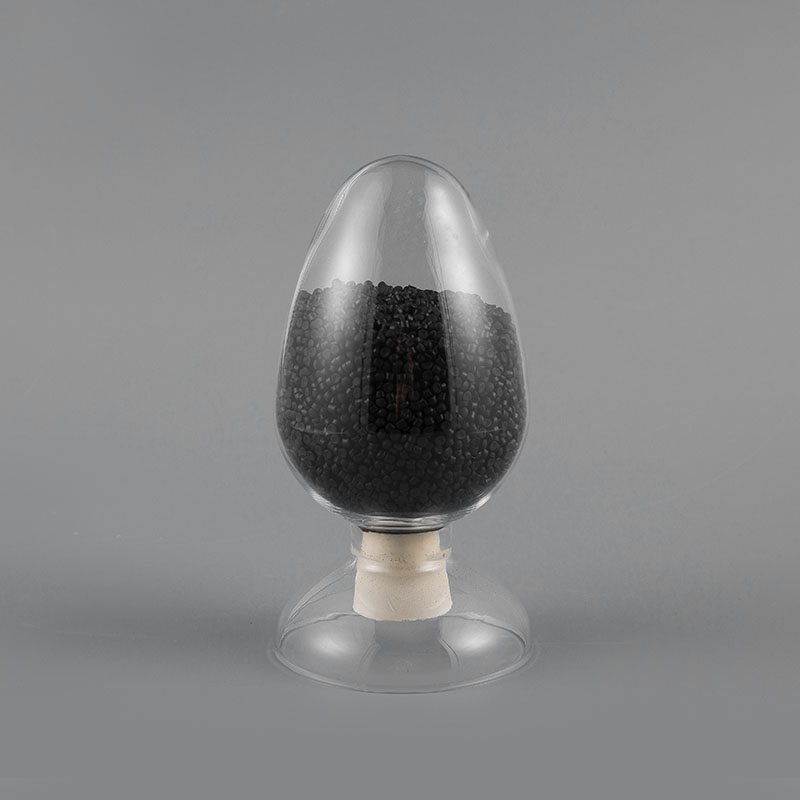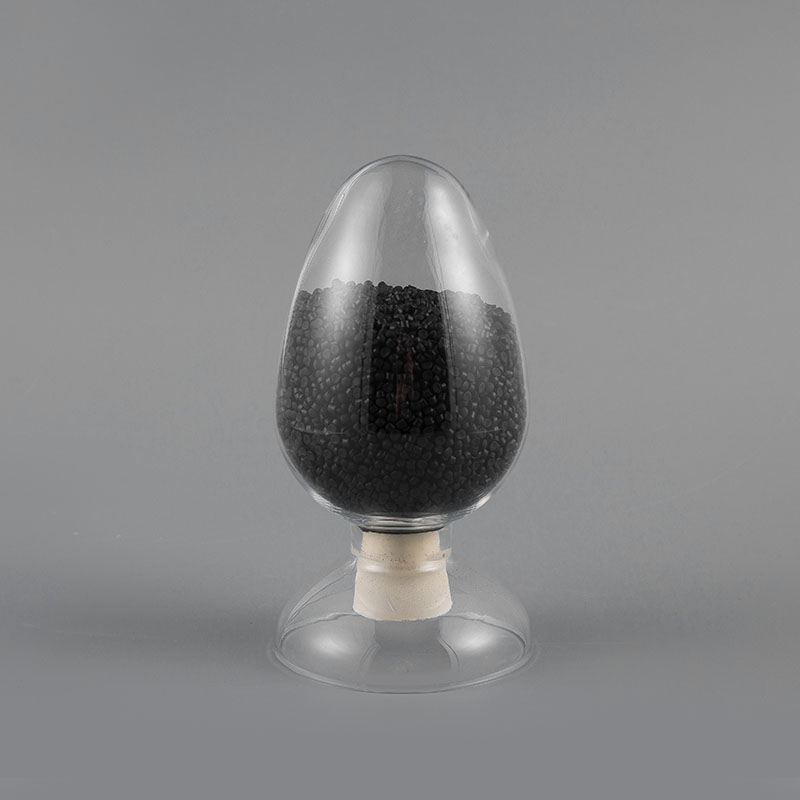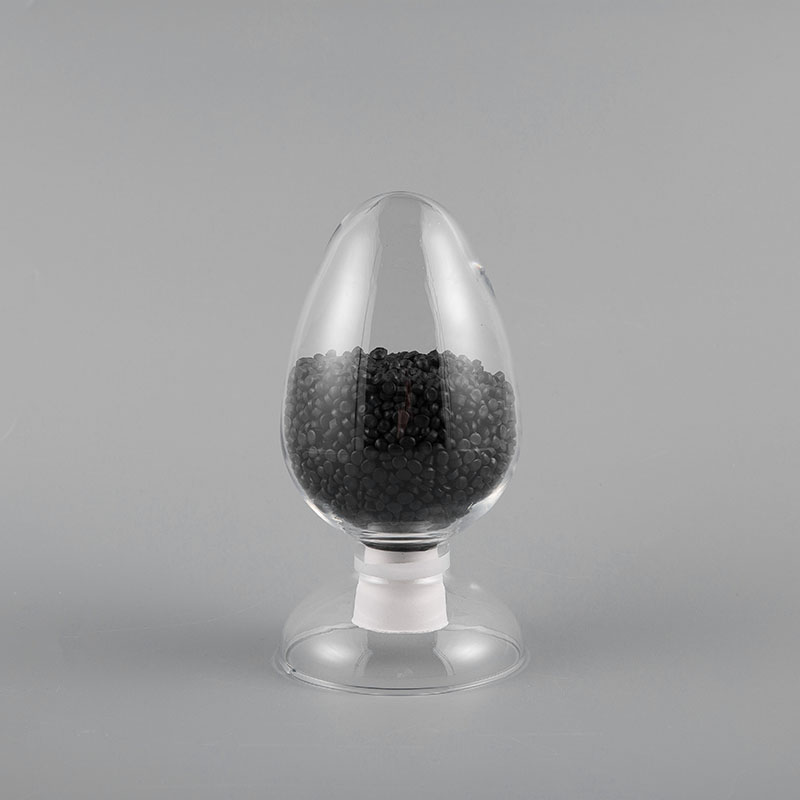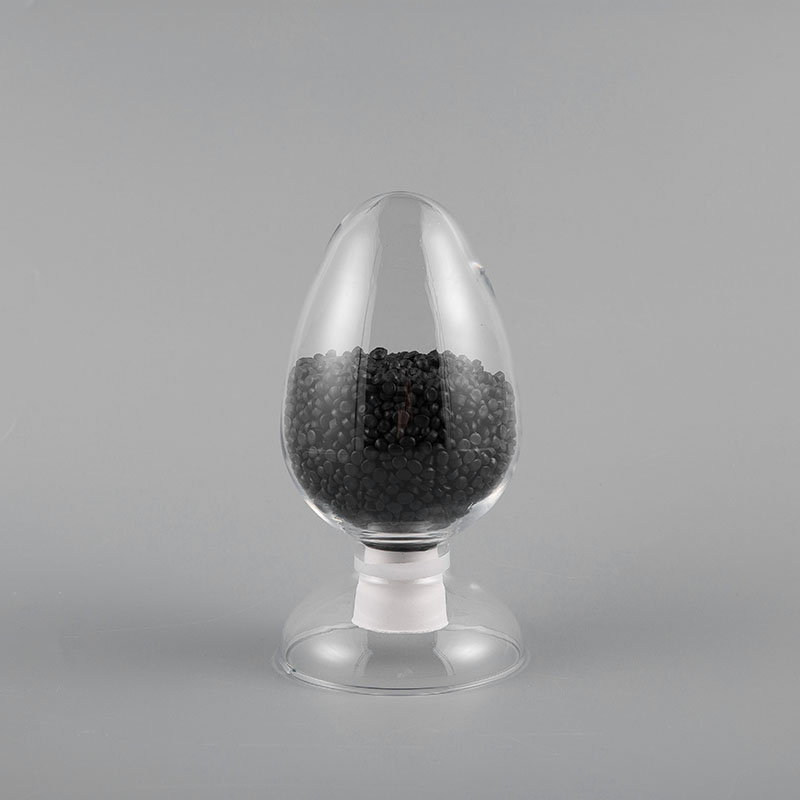- 1 What Are LSZH Compounds and Why Are They Crucial?
- 2 Key Benefits of Using LSZH in Transport Cable Design
- 3
- 4 LSZH vs. Traditional PVC Cables: A Detailed Comparison
- 5 How to Choose the Right LSZH Compound for Rail Applications
- 6 Performance Standards for LSZH in Automotive Wiring
- 7 FAQ
- 7.1 What does LSZH stand for and why is it important for transportation?
- 7.2 Are LSZH cables more expensive than standard cables?
- 7.3 What is the difference between LSZH and FR-PVC?
- 7.4 What are the key standards for LSZH cables in rail transport?
- 7.5 Can LSZH compounds be used for high-voltage EV charging cables?
The demand for enhanced safety in public and mass transit systems has never been higher. A critical component in achieving this is the cabling that powers everything from signaling and communications to lighting and control systems. Traditional cable materials can pose a significant fire risk, emitting dense, toxic smoke and corrosive gases when burned. This is where LSZH Compounds For Transportation Cables come into play. LSZH, which stands for Low Smoke Zero Halogen, is a specialized type of material compound designed to drastically improve safety in the event of a fire. This article delves deep into the properties, benefits, and critical considerations of using LSZH compounds in transportation infrastructure, providing a comprehensive guide for engineers, specifiers, and safety professionals.
What Are LSZH Compounds and Why Are They Crucial?
LSZH compounds are thermoplastic or thermoset materials that produce minimal smoke and no halogen when exposed to high heat sources or flames. Halogens, such as chlorine and fluorine, are common in standard cable jackets (like PVC) and when burned, they create acidic gases that are harmful to both people and equipment. In enclosed spaces like subway tunnels, aircraft cabins, or railway carriages, these emissions can be devastating, hindering evacuation and causing long-term damage to electronic systems.
- Low Smoke Emission: LSZH materials are engineered to combust much more cleanly, producing significantly less opaque smoke, which vastly improves visibility for escape and rescue.
- Zero Halogen: By eliminating halogens from their chemical composition, these compounds prevent the release of corrosive and toxic acidic gases.
- Material Composition: They are typically based on polyolefin resins (like polyethylene or EVA) filled with metal hydroxides, such as aluminum hydroxide or magnesium hydroxide, which act as flame retardants by releasing water vapor when heated.
Key Benefits of Using LSZH in Transport Cable Design
Incorporating LSZH Compounds For Transportation Cables offers a multi-faceted advantage, moving beyond mere regulatory compliance to active risk mitigation. The design benefits are integral to creating safer transportation environments for passengers and first responders alike.
- Enhanced Passenger and Crew Safety: The primary benefit is the protection of human life through improved visibility and reduced toxicity during a fire incident.
- Protection of Sensitive Equipment: The zero-halogen property ensures that corrosive acids are not released, thereby safeguarding expensive and critical electronic control systems, communication boards, and data servers from acid corrosion.
- Regulatory Compliance: Transportation projects worldwide are increasingly mandated to use LSZH cables in enclosed public spaces to meet strict international safety standards like EN 45545 (Railways), NFPA 130 (Transit Systems), and IMO requirements (Maritime).
- Long-Term Operational Reliability: By protecting the internal components and connected equipment, LSZH cables contribute to the overall system's longevity and reduce maintenance costs.
ML-FJ125QA 125℃ irradiated halogen- free flame-retardant insulation material for incar cables
LSZH vs. Traditional PVC Cables: A Detailed Comparison
When selecting materials for a transportation project, understanding the fundamental differences between LSZH and traditional PVC is paramount. While PVC has been a widely used and cost-effective material, its performance in fire scenarios is a major drawback for safety-critical applications.
The following table outlines the key performance differences between these two cable material types under fire conditions:
| Property | LSZH Compound | Traditional PVC |
| Smoke Density | Very Low | Very High |
| Toxicity of Emissions | Non-Toxic | Highly Toxic (Hydrochloric Acid) |
| Corrosivity of Gas | Non-Corrosive | Highly Corrosive |
| Flame Retardancy | Excellent | Good (but emits toxic fumes when burning) |
| Oxygen Index | High (>30%) | Moderate (~25%) |
- Aftermath: A fire involving PVC cables often results in widespread damage far beyond the fire's origin due to acid corrosion, whereas LSZH incidents are contained to the physical damage caused by the heat alone.
- Total Cost of Ownership: While the initial cost of LSZH cable materials is higher than PVC, the potential cost avoided from equipment damage, liability, and downtime can be enormous.
How to Choose the Right LSZH Compound for Rail Applications
Selecting the appropriate LSZH material for railway cable specifications is not a one-size-fits-all process. It requires a careful evaluation of the application, environmental conditions, and specific regulatory frameworks. The European standard EN 45545 is the benchmark for railway applications, defining hazard levels (HL1-HL3) based on the operational environment.
- Understand the Hazard Level (HL): Determine the required HL for your application. For example, underground trains (HL3) have the most stringent requirements compared to above-ground regional trains (HL1).
- Evaluate Mechanical Properties: The compound must possess adequate abrasion resistance, tensile strength, and flexibility to withstand the constant vibration and mechanical stress inherent in rail operations.
- Consider Environmental Exposure: Will the cable be exposed to UV radiation, oils, chemicals, or extreme temperatures? Choose a compound formulation that is stabilized for these specific conditions.
- Verify Certification: Always ensure the compound and the finished cable are tested and certified by an accredited body to the relevant standards (e.g., EN 45545, NFPA 130).
Performance Standards for LSZH in Automotive Wiring
The adoption of LSZH in automotive and vehicle wiring is rapidly growing, particularly in electric vehicles (EVs) and buses. The high-voltage batteries and extensive wiring looms in EVs present new fire safety challenges that LSZH materials are well-suited to address.
Performance is measured against a different set of automotive-specific standards that test for heat aging, fluid resistance, and flame propagation.
- Flame Propagation Tests: Standards like ISO 6722 and SAE J1128 define test methods for assessing the flame retardancy of automotive cables. LSZH compounds must demonstrate self-extinguishing properties.
- Heat Resistance: Under-hood temperatures can be extreme. Compounds must have a high thermal aging rating to ensure long-term performance without cracking or degrading.
- Chemical Resistance: Automotive cables are exposed to fuels, brake fluids, and cleaning agents. The LSZH jacket must resist swelling or degradation from these chemicals.
- Smoke Density Testing: While traditionally for mass transit, smoke density tests are now being considered for enclosed passenger vehicles to enhance occupant safety and escape time.
FAQ
What does LSZH stand for and why is it important for transportation?
LSZH stands for Low Smoke Zero Halogen. It is critically important for transportation because these environments are often enclosed (e.g., trains, planes, buses), making evacuation difficult during a fire. LSZH materials greatly enhance safety by producing minimal opaque smoke, which preserves visibility, and no halogen-based toxic gases, which prevents poisoning and protects sensitive electronic equipment from corrosive damage.
Are LSZH cables more expensive than standard cables?
Yes, initially, LSZH cable materials are more expensive than standard PVC alternatives. This is due to the more complex formulation and the use of expensive flame-retardant additives like metal hydroxides. However, the total cost of ownership must be considered. The investment in LSZH cables can prevent catastrophic costs associated with equipment corrosion, liability from passenger injury, and operational downtime following a fire incident, making them a cost-effective choice for safety-critical transportation applications.
What is the difference between LSZH and FR-PVC?
While both Flame-Retardant PVC (FR-PVC) and LSZH are designed to resist fire, their behavior during combustion is fundamentally different. FR-PVC will still emit dense, black smoke and corrosive hydrochloric acid gas when it eventually burns, although it may resist ignition longer than standard PVC. LSZH, by design, not only resists ignition but also combusts cleanly, producing very low levels of non-toxic smoke and zero corrosive halogen gases. This makes LSZH the superior choice for human safety and asset protection.
What are the key standards for LSZH cables in rail transport?
The key standard for railway applications in Europe is EN 45545 - Railway applications - Fire protection on railway vehicles. This standard defines various Hazard Levels (HL1 to HL3) based on the vehicle's operation and location, and it sets requirements for reaction to fire, including heat release, flame spread, smoke opacity, and toxicity of fumes. In North America, NFPA 130 - Standard for Fixed Guideway Transit and Passenger Rail Systems is the predominant standard governing fire safety and cable requirements for rail systems.
Can LSZH compounds be used for high-voltage EV charging cables?
Absolutely. The use of LSZH for EV high-voltage safety is highly recommended and is becoming industry best practice. Electric vehicle charging systems and the internal wiring of EVs carry very high voltages and currents, which present a significant arc flash and fire risk. Using LSZH compounds for the cable jacket and insulation ensures that in the rare event of a fire, the safety of first responders and vehicle occupants is prioritized through low smoke emission and the absence of toxic gases, thereby supporting safer emergency response and evacuation.


 English
English 中文简体
中文简体 русский
русский







